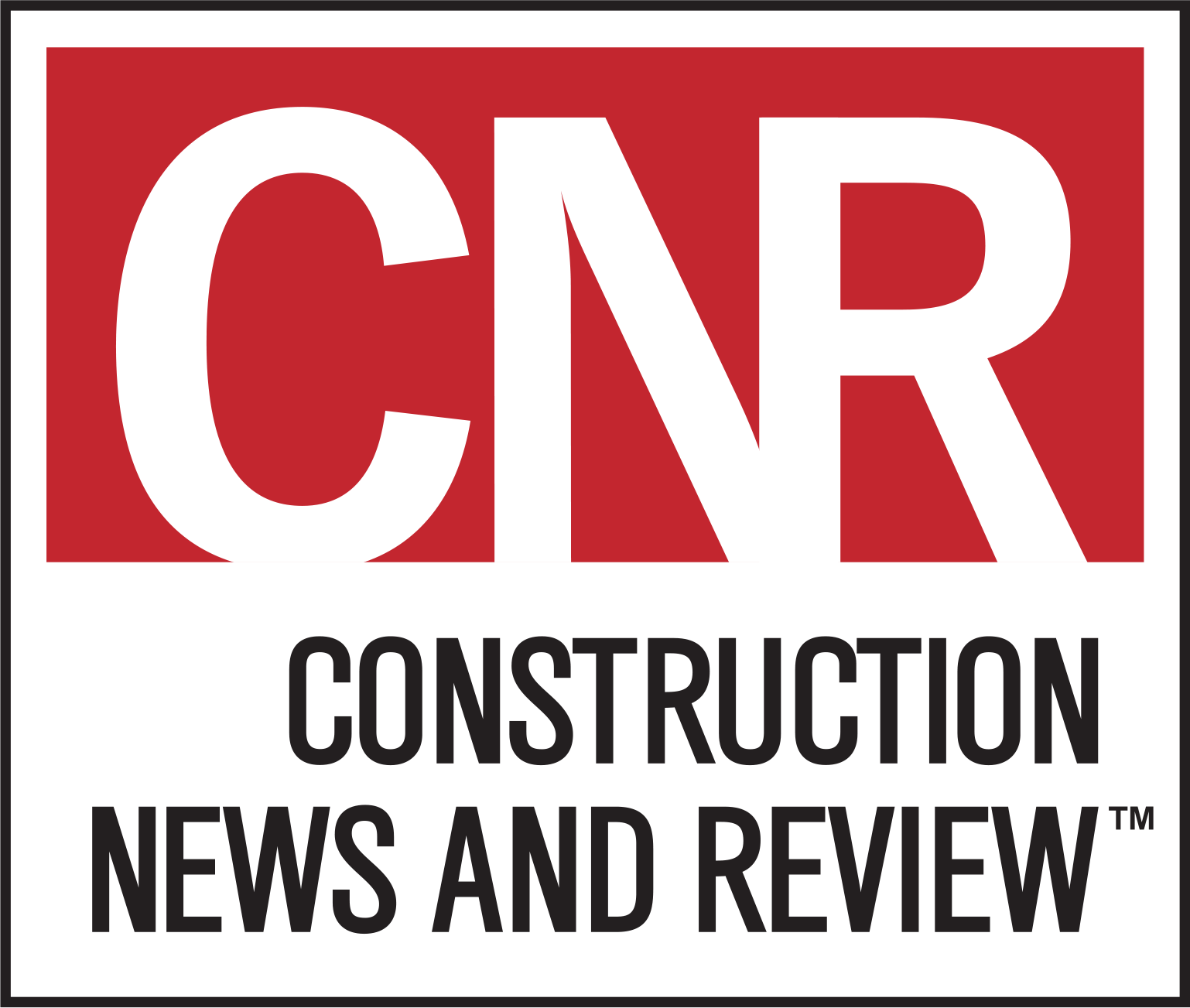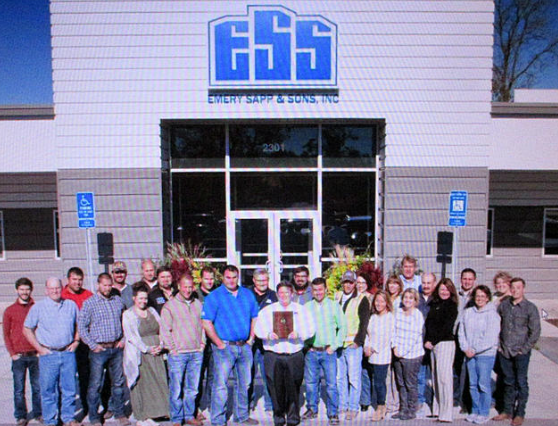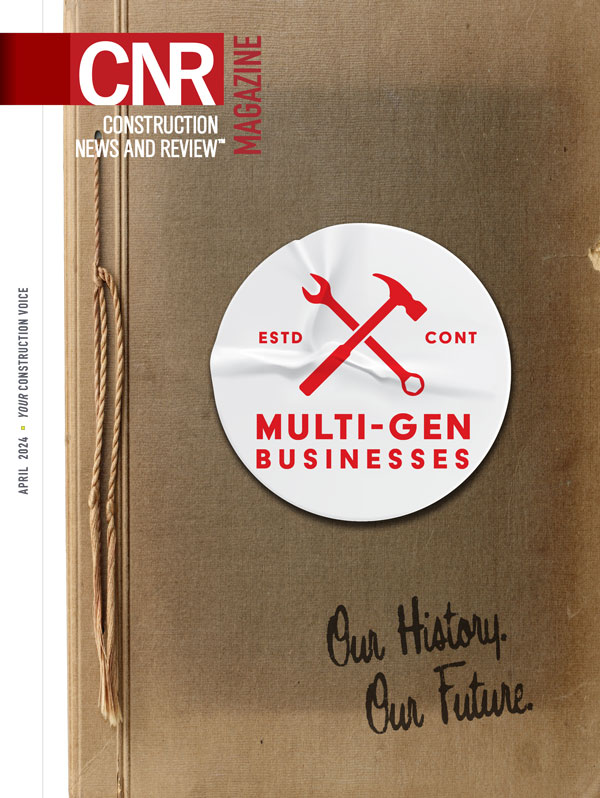Judge Overturns National Labor Relation Board’s Joint Employer Rule
By KERRY SMITH
On March 8 – a mere three days before the rule was scheduled to take effect – U.S. District Judge J. Campbell Barker of the Eastern District of Texas vacated the National Labor Relation Board’s 2023 final rule that set forth a new standard for determining joint-employer status under the National Labor Relations Act.
If the rule had gone into effect on March 11, it would have significantly expanded the criteria for which the NLRA would have deemed a joint employment relationship.
With the district court’s set-aside of this rule, a Trump Administration rule adopted in 2020 remains in effect.
In vacating the NLRB’s new 2023 joint employer rule, the Texas district court determined that the test set forth in the rule is contrary to the NLRA. Specifically, the court held that the rule’s provisions that would make indirect or reserved control over working conditions sufficient to establish joint employer status were too broad, making the proposed rule inconsistent with the test for employment codified in the NLRA.
To general contractors and others in the construction industry who frequently utilize subcontractors (who are often another firm’s employees), this vacated labor rule is good news.
The second component of the 2023 rule’s two-part joint employer test that the court set aside – the part of the rule that requires an assessment of whether an entity controls various working conditions – was also vacated by the Texas court. Because a common law employer will always control key working conditions, the court reasoned, the test’s second part would likely do nothing to limit who qualifies as a joint employer.
The district court also vacated the 2023 rule’s rescission of the agency’s previous joint- employer rule issued in 2020, holding that the agency was incorrect that the 2020 rule is inconsistent with the NLRA and that the agency had failed to articulate a reason why the 2020 rule should be rescinded if the 2023 rule does not go into effect. The 2020 rule therefore remains in effect.
The 2020 rule’s joint employer test is different from the 2023 rule in several key ways that make it less likely that the 2020 rule will result in a determination that a joint employment relationship exists. Where the 2023 rule treats indirect or reserved control as sufficient to establish a joint employment relationship, the 2020 rule requires proof that an entity possesses and exercises “such substantial direct and immediate control” over working conditions that would “warrant finding that the entity meaningfully affects matters relating to the employment relationship.”
Under the 2020 rule that remains in effect, general contractors say it is unlikely that an entity will be deemed a joint employer simply because it contracts with another business for services. Additionally, the 2020 rule’s determination of essential terms and conditions of employment – control over which may demonstrate joint employer status – is more limited than the list contained in the 2023 rule.
Unlike the 2023 rule, the 2020 rule does not identify control over “work rules and directions governing the manner, means and methods of performance,” or “working conditions related to the safety and health of employees” as evidence of joint employer status. There are fewer bases upon which joint employer status may be found under the 2020 rule as compared to the 2023 rule.
Fresh Content
Direct to Your Inbox

YOUR CONSTRUCTION VOICE IN ST. LOUIS AND BEYOND
Join CNR Magazine today as a Content Partner
As a CNR Content Partner, CNR Magazine promises to support you as you build, design and engineer projects not only in and around St. Louis, but also across the U.S. CNR is equipped and ready to deliver a dynamic digital experience paired with the top-notch, robust print coverage for which you’ve always known and respected the magazine.






